While he can’t turn water into wine, Nigel Braun is making vodka out of thin air.
He is neither miracle worker nor magician. His secret is chemistry, and he films his experiments inside a commercial-grade laboratory in Montreal and shares the videos on his YouTube channel. That’s where 6.5 million subscribers know him as NileRed, like the fluorescent chemical dye, a name he acknowledges sounds vaguely biblical.
Mr. Braun’s videos surged in popularity during the pandemic, reaching 2.5 billion views, and as his audience ballooned, so did his ambitions. His experiments — often whimsical, sometimes practical and occasionally dangerous — range from transforming paint thinner into cherry cola, to developing bulletproof wood, to making carcinogens from scratch.
Over the past decade, since dropping out of grad school, Mr. Braun, 32, has outgrown a hobby workshop in his parents’ garage and two other facilities, settling into a third lab large enough to rival some academic research spaces in Canada.
But Mr. Braun considers himself less a chemist or a science communicator in the vein of Bill Nye and MythBusters than an adventurer. “I want to have a journey,” he said. “I’m not interested in just conveying information.”
Part of his appeal is that he doesn’t care to make chemistry look easy or neat.
Some of the tasks he sets himself on are both epic and arduous, like his many attempts to make purple gold, an alloy of gold and aluminum that gives the metal a unique color, but whose recipe is only vaguely described in one line of ingredients in a patent.
With no other information to draw on, the process to make purple gold was riddled with trial and error and was one of the most frustrating projects he has ever worked on, Mr. Braun told his viewers in a December 2023 video. But he ultimately succeeded, making a ring. It is probably one of the few pieces made entirely of purple gold to exist, he said, because the metal is as brittle as glass.
“Doing the science allows you to have something that you literally can’t buy,” he said, seated in his lab, where a display case holds a selection of the items he has made, including a knife beautified by bismuth crystals, a bouncy metal known as metallic glass and an ultra lightweight material, aerogel, used in space research.
The NileRed videos defy the conventional wisdom of staying relevant online by keeping it short. Mr. Braun’s latest videos tend to be about an hour long, and he publishes them infrequently — violating another rule of social media success — because of the extended timeline on his complicated undertakings.
But the lab is buzzing year-round. Thanks to the advertising and other income he brings in across all of his social media platforms — with 18 million followers and subscribers in total — his company makes a couple million Canadian dollars a year. He has hired two friends and two family members to help.
Mr. Braun’s lab is full of premium equipment and NileRed branded beakers, a far cry from his early days when he scavenged the broken glassware bin in the lab at McGill University for supplies he could repurpose.
A large container that creates an inert atmosphere for testing substances is rigged with cameras. An isostatic press can crush objects with a force like the ocean depths. He recently acquired a type of magnetic press so enormous it caused a forklift to tip.
Mr. Braun likes to use all of this top-end equipment to design experiments that take unexpected twists.
After reading an article about reducing global warming by transforming carbon dioxide into biofuels, he realized that by pulling CO2 and water from the air — and then using the water to make hydrogen — he had the basic ingredients to make ethanol, like the alcohol found in vodka.
An office joke about getting drunk on global warming birthed a vodka-from-air experiment that now occupies a lab bench covered in a maze of tubing, machines, tanks and pressure gauges. For those whose taste in alcohol runs elsewhere, Mr. Braun has also made toilet paper moonshine.
One danger of hobby chemistry — especially in a post-“Breaking Bad” world — is being suspected of using one’s powers for criminal pursuits.
Distilling alcohol for research is legal in Quebec, and Mr. Braun has so far received only one call from the Canadian police. They contacted him after his purchase of a large filter — sometimes used to make illegal drugs — was flagged by customs. But his scientific explanation put the officer at ease.
Still, sometimes he knowingly makes his experiments sound vaguely sketchy.
“Today, I’ve decided to make some fresh, powdered ‘coke,’” Mr. Braun said into the camera on a recent shoot.
After reeling in viewers with a hint that some cocaine production might be in the offing, he eventually revealed that the white powder he had in mind would be produced from the bottle of Coca-Cola he had kept concealed in a back pocket. The Coke was from Mexico, where the drink is made not with high-fructose corn syrup as it is in the United States, but with cane sugar — which is what his experiment would extract.
Based on stories he has heard from peers in the United States, Mr. Braun is not confident that all NileRed experiments would be strictly legal there. It’s one other reason he doesn’t want to relocate south of the border, despite the pull Hollywood has on YouTube stars who strike it big.
But an even more important draw to staying in Montreal: his family. Mr. Braun’s younger brother, Corey, helps manage the channel and his mother, Jody Tanaka, assists with administration. Dorian Braun, his father, helped get him started by yielding some garage space to provide the original backdrop of NileRed videos.
“It was an open workshop,” said the elder Mr. Braun, a sound engineer and retired college professor. “That means that every knucklehead kid on the street is over here, making bows and arrows and contraptions.”
When experiments went wrong — the tear gas incident comes to mind, to say nothing of the time acid vapors ate into some metal tools or the (minor) lithium explosion — the father would let out an exasperated sigh, but generally not stifle his son’s creativity.
The younger Mr. Braun majored in biochemistry during his bachelor’s studies at McGill, but he abandoned his graduate degree and his work as a lab technician after having a sudden realization about his life’s path.
“I remember this moment that hit me: Why am I doing chemistry for someone else all day when I could just do chemistry for myself?” he said.
In contrast to the protracted gaps between check-ins with his academic supervisor as a grad student, the gratification and feedback from Mr. Braun’s audience is almost immediate when he posts a video.
“I try to watch it as soon as humanly possible,” said Chenxin Li, a NileRed subscriber and molecular biology research scientist who has faced the challenge of keeping his students at the University of Georgia engaged in science.
“His channel has the perfect answer: It’s the sense of curiosity or a sense of wonder,” Mr. Li said. “That is important, especially if you run a YouTube channel, because the world’s most entertaining content is a few clicks away.”
As a scientist, Manfred Ehresmann, a space systems researcher at the University of Stuttgart in Germany, envies Mr. Braun’s freedom to take his curiosity in any direction, unencumbered by bureaucracy or the need of writing grant applications.
“If you see someone like NileRed doing it by himself, it’s a kind of inspiration,” Mr. Ehresmann said.
In future videos, Mr. Braun wants to focus on innovative materials, perhaps with an application in the burgeoning space economy.
“Science is only interesting because it’s useful,” Mr. Braun said. “If it’s not useful, it’s just a bunch of party tricks.”








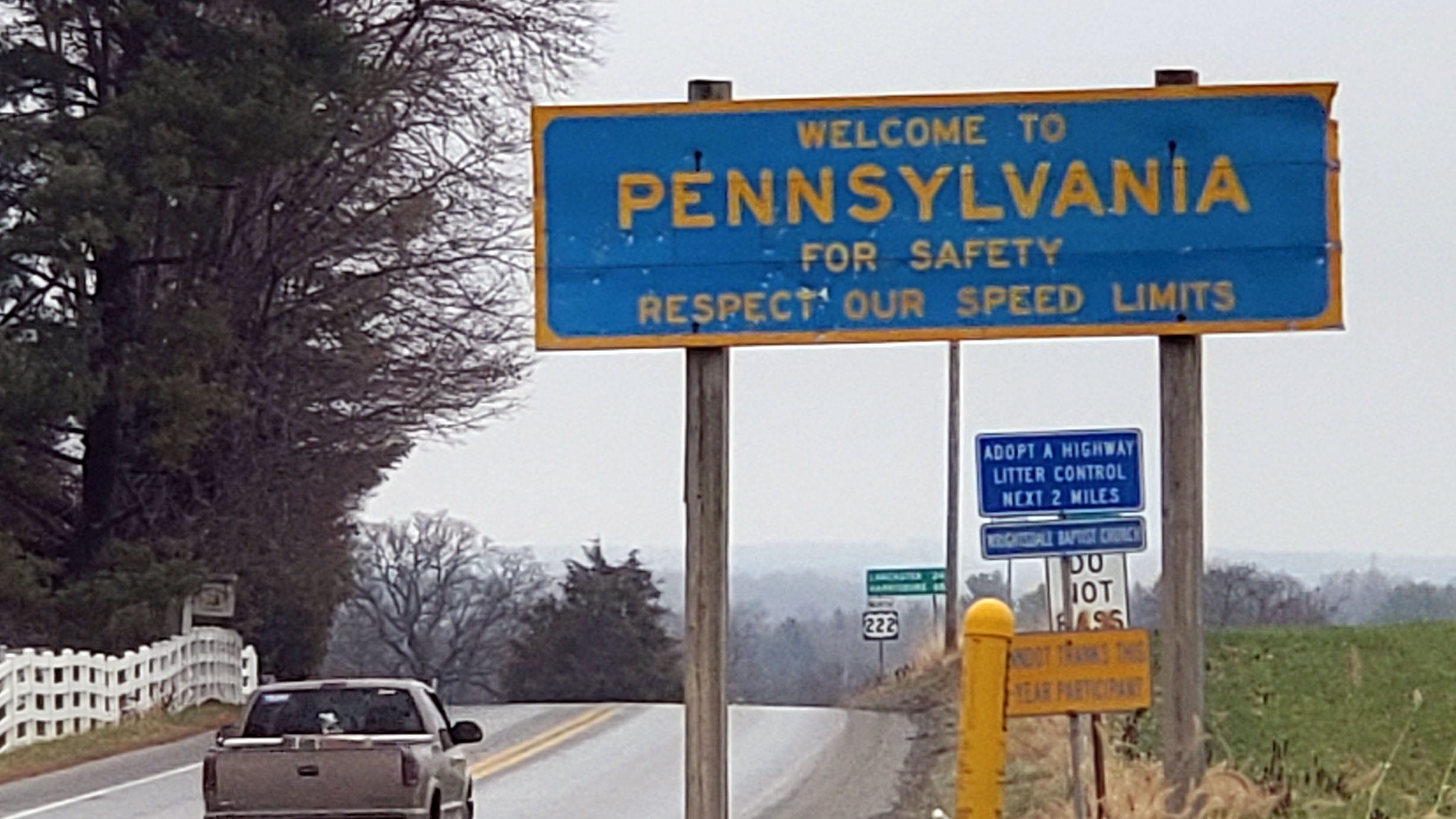
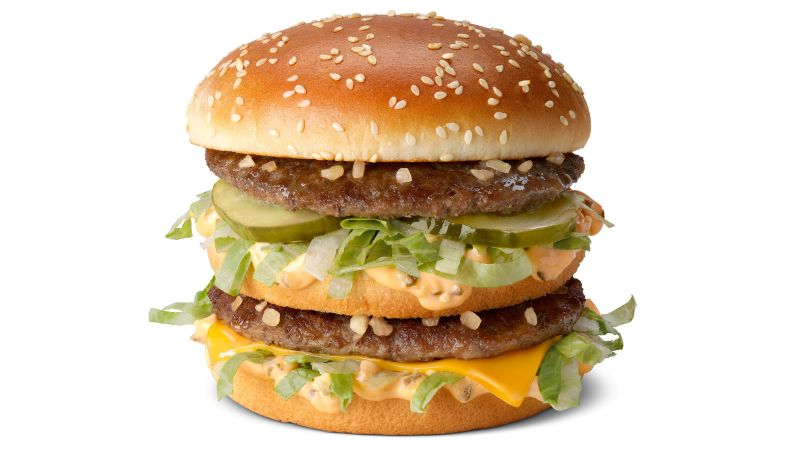




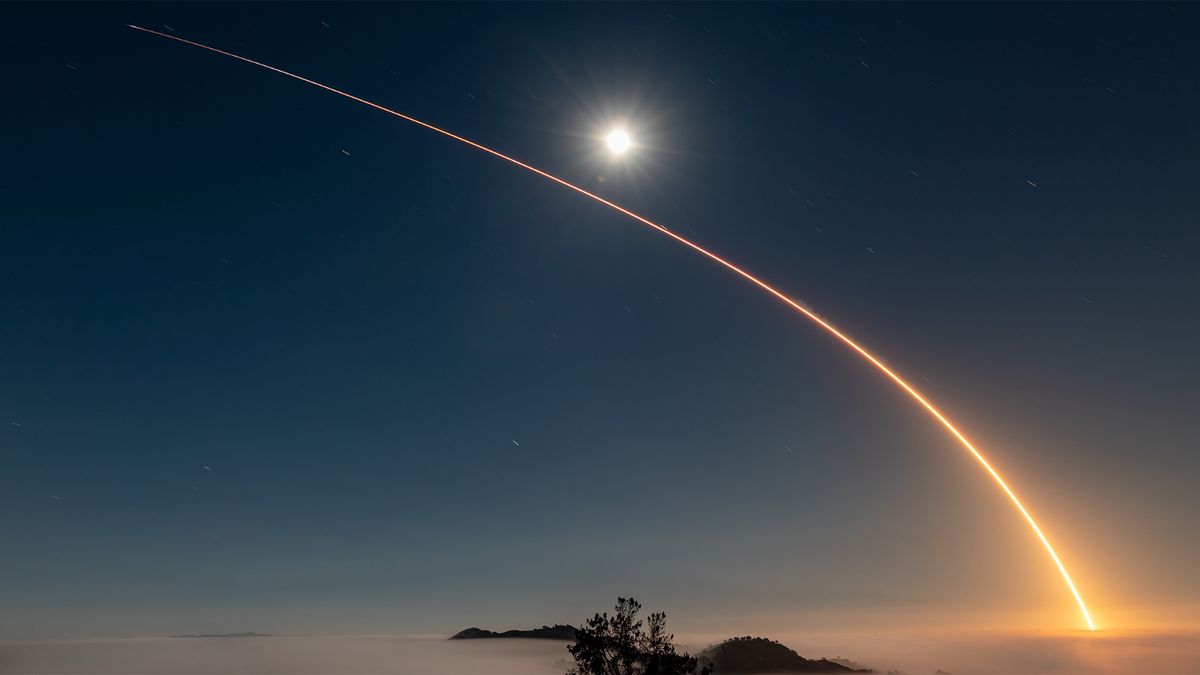


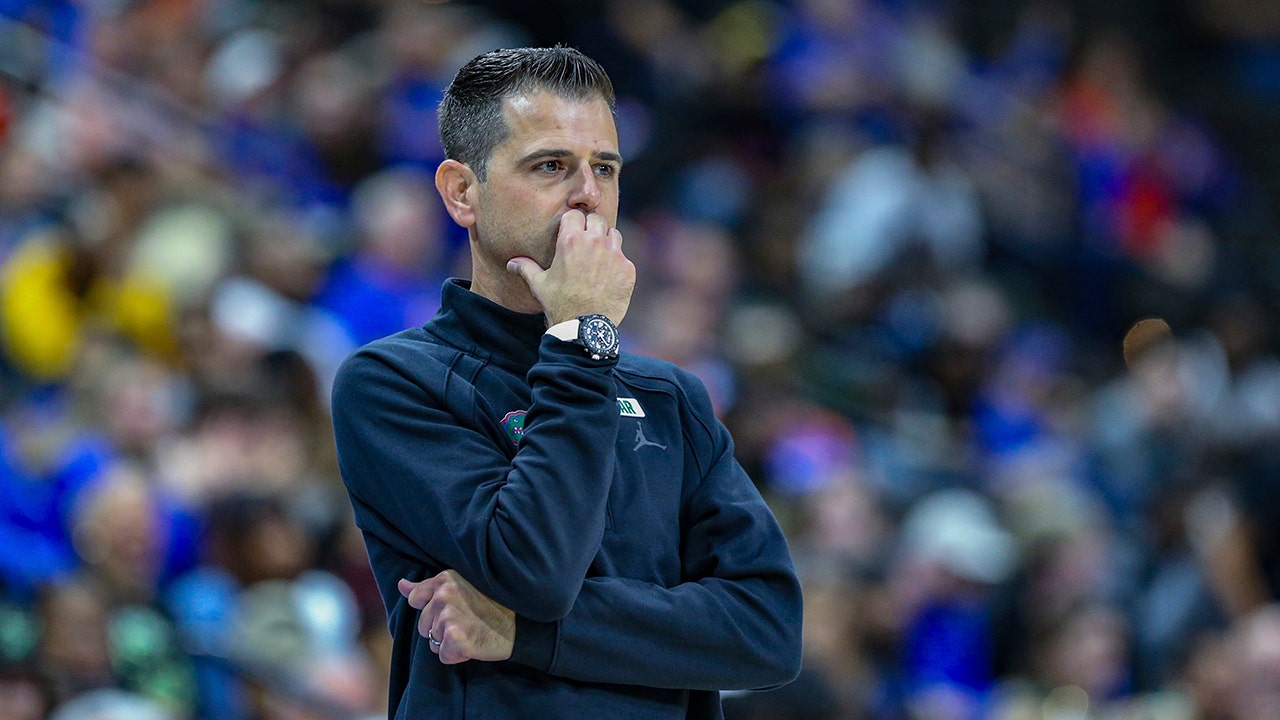

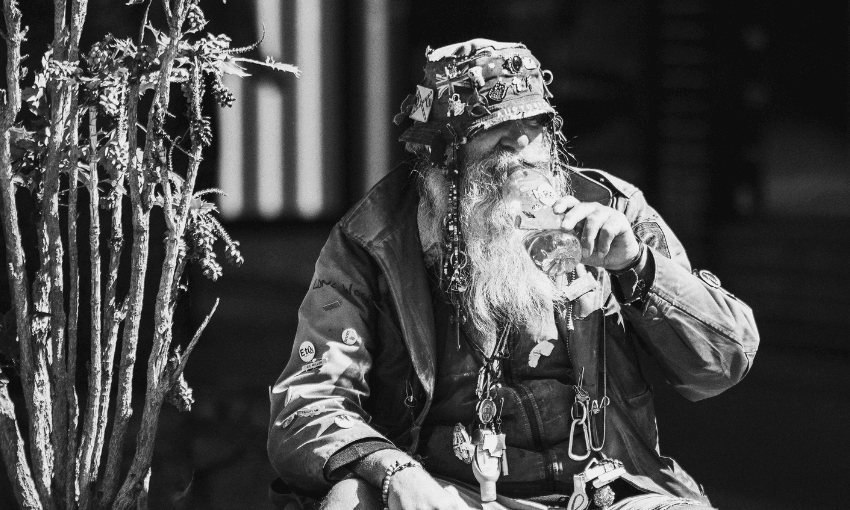

Discussion about this post